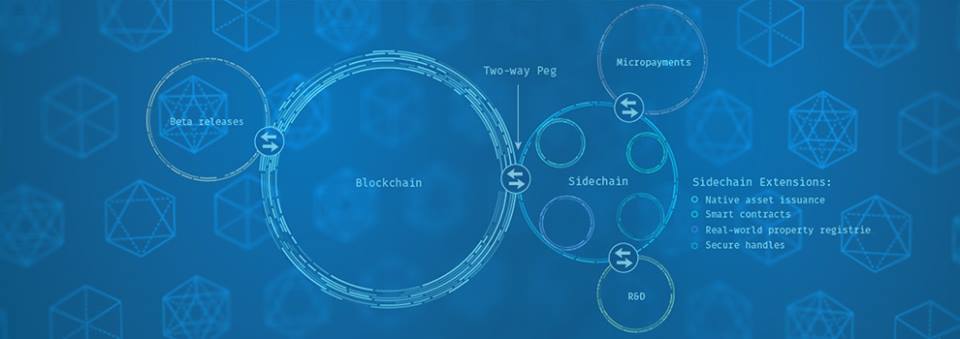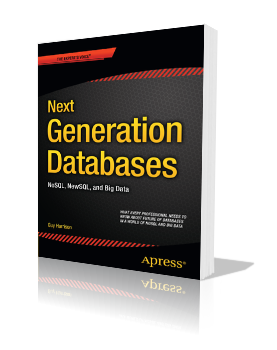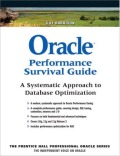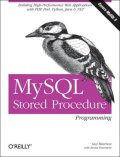Sealing MongoDB documents on the blockchain
 Monday, September 25, 2017 at 2:18PM
Monday, September 25, 2017 at 2:18PM 
As human beings, we get used to the limitations of the technologies we use and over time forget how fundamental some of these limitations are.
As a database administrator in the early 1990s, I remember the shock I felt when I realized that the contents of the database files were plain text; I’d just assumed they were encrypted and could only be modified by the database engine acting on behalf of a validated user. But I got used to it.
I also got used to the idea that the contents of a database where pretty much what I – the DBA – said it was. Rudimentary audit logs could be put in place to track activity, but as DBA I could easily disable the audit logs and tamper with any database if I so desired.
I think it’s obvious to all of us that this is not the way it should be – contents of production databases should be trustworthy, We should know that a DBA, hacker or privileged user has not tampered with the contents of the database. However, until recently we lacked the technology to ensure this.
The emergence of a tamper-proof distributed ledger in the form of the Blockchain now promises to give us a mechanism to at least “seal” database records. We can’t necessarily stop a hacker or malicious insider from breaking the seal, but we can at least know if the seal has been broken.
In this post, I’ll show how to implement a simple Blockchain seal for MongoDB. We’ll record a hash value corresponding to a set of documents in a database. As long as the hash value has not changed, we can be confident that the database records have not been tampered with. The hash value is stored on the Blockchain so that we can know with certainty that a particular hash value was in effect at a specific point in time.
Read the rest of this post at https://medium.com/dbkoda/sealing-mongodb-documents-on-the-blockchain-f60b0213c5f4



Reader Comments